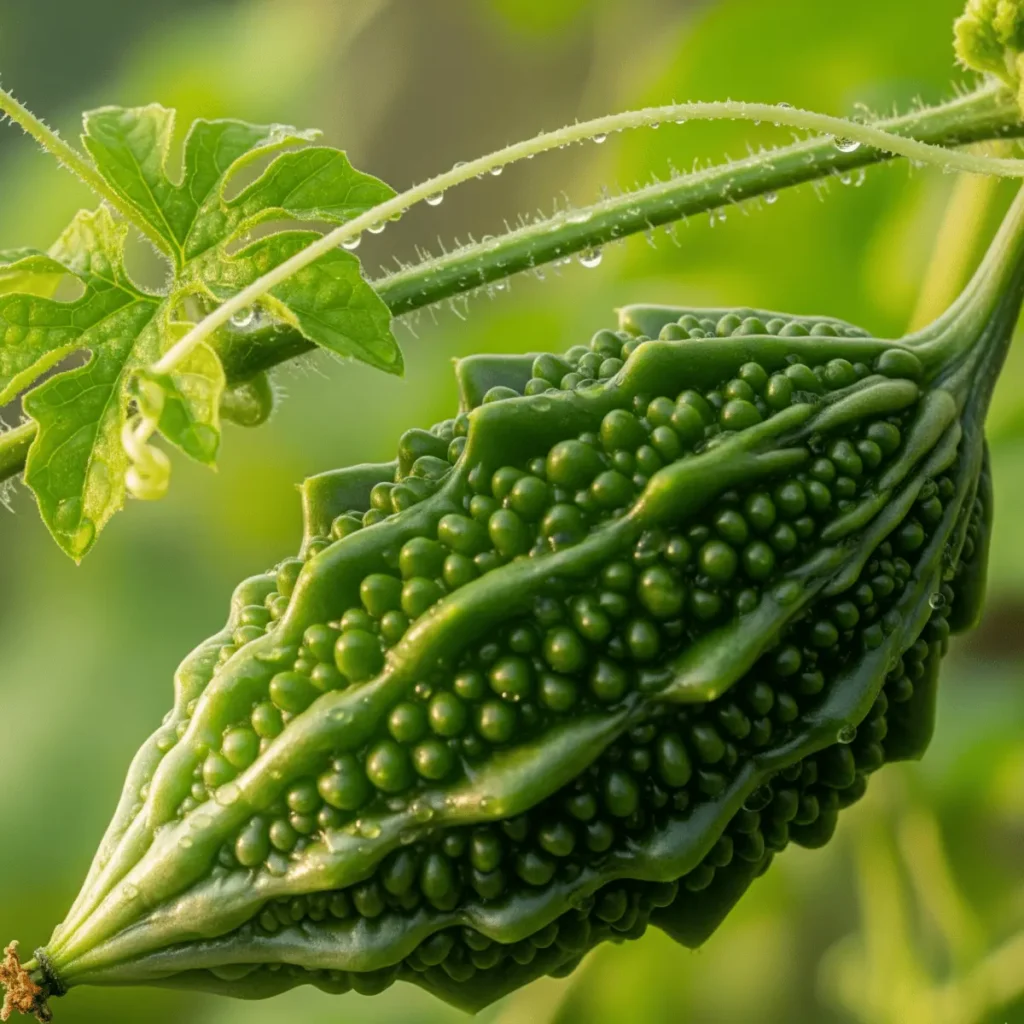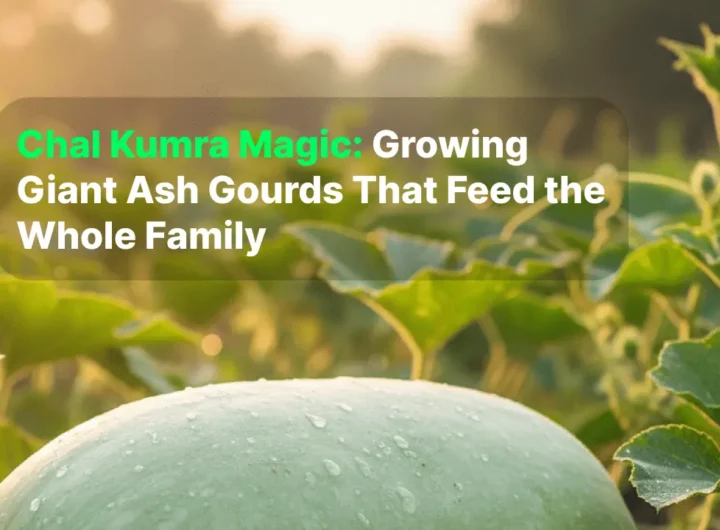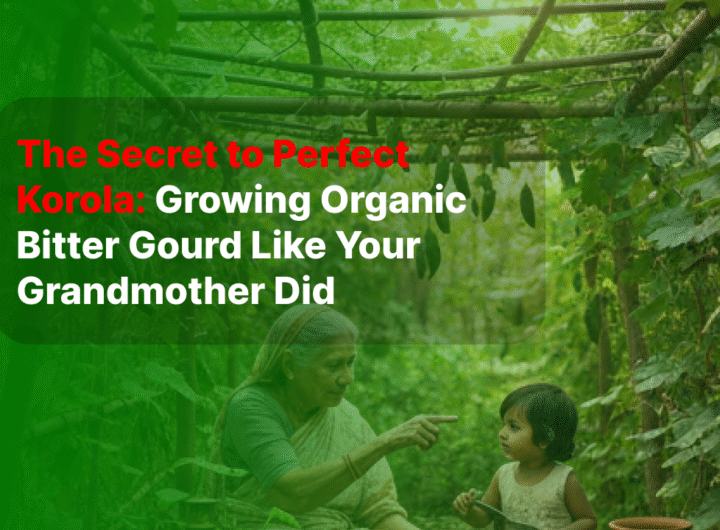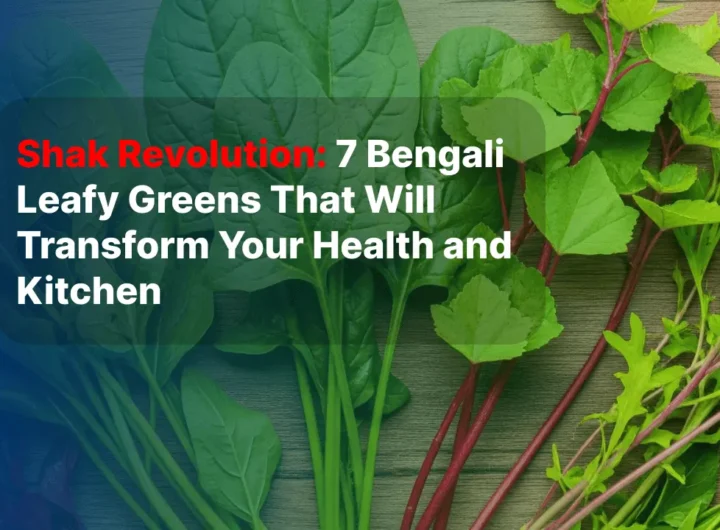Do you miss the taste of home? That rich, earthy flavor of vegetables from your childhood garden?
Bengali vegetable seeds hold magic. They carry stories. They bring back memories like old photographs tucked in recipe books.
Growing traditional seeds connects you to your roots. It’s like planting pieces of your grandmother’s wisdom in your own backyard.
Why Bengali Vegetable Seeds Matter More Than You Think
Heritage gardening does something special. It preserves culture. It feeds your soul. It teaches your children where they come from.
Each seed tells a story. Your ancestors grew these same varieties. They saved seeds season after season. They passed down knowledge like precious jewels.

Modern hybrid seeds won’t give you that authentic taste. They’re like copies of paintings. Close, but not quite right.
Traditional seeds offer:
- Authentic flavors your taste buds remember
- Natural disease resistance built over generations
- Higher nutrient content than commercial varieties
- Seed-saving ability for next year’s garden
- Cultural preservation for your family
The Science Behind Heritage Seeds
Years of optimizing garden performance taught me something important. Traditional varieties adapt better to local conditions.
These organic seeds contain genetic diversity. They’re like libraries of plant wisdom. Commercial seeds can’t match their resilience.
Ready to start your heritage garden? Let’s explore 14 amazing traditional Bengali vegetable seeds that will transform your garden into a piece of home.
1. Korola (Bitter Gourd) – The Health Powerhouse

Korola seeds grow the most nutritious vegetable in Bengali cuisine. This green warrior fights diabetes. It cleans your blood. It strengthens your immune system.
Your mother probably forced you to eat it. Now you understand why.
Growing korola seeds gives you control over quality. No pesticides. No chemicals. Just pure, organic health.
Plant korola seeds after the last frost. They love warm weather. They climb like eager children reaching for the sky.
Growing tip: Support the vines with strong trellises. These plants grow fast and heavy.
2. Barbati (Yard Long Beans) – The Garden’s Green Ribbons

Barbati beans hang like green ribbons from your garden ceiling. Kids love picking them. They’re fun to harvest.
These beans grow up to 3 feet long. They’re tender. They’re sweet. They cook faster than regular beans.
Organic barbati seeds produce beans all summer long. One plant feeds a family.
Plant them near poles or fences. They need something to climb. They’ll reward you with basket after basket of fresh beans.
3. Lal Shak (Red Amaranth) – Nature’s Ruby Leaves
Red amaranth leaves glow like rubies in your garden. They’re packed with iron. They’re beautiful. They’re delicious.
Lal shak grows fast. Really fast. Plant seeds today. Harvest leaves in 3 weeks.
This traditional red amaranth loves hot weather. It thrives when other plants struggle.
Cut leaves regularly. The plant keeps producing. It’s like a green machine that never stops.
Perfect for beginners: Even brown thumbs can grow lal shak successfully.
4. Pat Shak (Jute Leaves) – The Silky Green Treasure
Pat shak leaves feel like silk. They taste unique. They’re essential for authentic Bengali cooking.
These jute leaf seeds grow the same plant that makes rope and fabric. But young leaves are culinary gold.
Plant pat shak in spring. Water them well. They love moisture like fish love water.
Harvest young leaves before the plant flowers. Old leaves turn tough and bitter.
5. Palak Shak (Bengali Spinach) – The Iron Giant
Bengali spinach differs from Western spinach. It’s more flavorful. It’s more nutritious. It handles heat better.
Organic palak seeds grow spinach your grandmother would recognize. This isn’t supermarket spinach. This is the real deal.
Plant palak in cool weather. Spring and fall work best. Hot summers make it bolt quickly.
Pro tip: Succession plant every 2 weeks. You’ll have fresh spinach all season long.
6. Lay Shak (Mustard Greens) – The Spicy Garden Rebel

Lay shak brings fire to your garden. These mustard greens pack flavor. They add spice to any dish.
Winter is lay shak season. Cold weather makes leaves sweeter. Heat makes them too spicy.
Growing mustard green seeds connects you to centuries of Bengali cooking. Your ancestors survived cold winters eating these nutrient-dense leaves.
Young leaves work raw in salads. Mature leaves need cooking. Both are delicious.
7. Soresa Shak (Mustard Greens Variety) – The Mild Cousin
Soresa shak offers milder mustard flavor. It’s perfect for people who find lay shak too spicy.
These organic mustard seeds grow plants that look different from lay shak. The leaves are rounder. The flavor is gentler.
Plant soresa in cool weather. It grows like lay shak but tastes different. Variety adds spice to life and gardens.
Cultural note: Different regions of Bengal prefer different mustard varieties. Soresa represents this beautiful diversity.
8. Red Indian Spinach (Paya Shak) – The Climbing Wonder
Red Indian spinach climbs like a vine. It produces leaves all summer. It loves heat when other greens quit.
Paya shak seeds grow this amazing heat-lover. It’s not related to regular spinach. But it tastes similar and cooks the same way.
The stems turn beautiful red. The leaves stay green. It’s like growing edible art.
Plant these seeds when weather gets warm. They hate cold but love summer heat.
Space-saving tip: Grow paya shak vertically. It saves garden space and looks stunning.
9. Misti Kumra (Sweet Pumpkin) – The Golden Comfort Food
Sweet pumpkins represent comfort food. They store well. They taste amazing. They remind you of home cooking.
Bengali pumpkin seeds grow the exact variety your family knows. Not the Halloween pumpkins from American stores.
These pumpkins grow large. Really large. One pumpkin feeds the whole family multiple times.
Plant them when soil warms up. Give them space. They spread like excited children at a playground.
10. Chal Kumra (Ash Gourd) – The Storage Champion
Ash gourd stores for months without refrigeration. It’s like nature’s refrigerator. Your great-grandmother used this trick to preserve food.
Ash gourd seeds grow massive white gourds. Some weigh 20 pounds or more.
These vines need strong support. They produce heavy fruit. Plan your garden structure before planting.
The white flesh tastes mild. It absorbs flavors like a sponge. Perfect for curries and stews.
11. Law Pani (Bottle Gourd) – The Versatile Vegetable

Bottle gourds grow in two shapes. Long ones and round ones. Both taste great. Both offer different cooking options.
Round bottle gourd seeds grow compact plants. Long bottle gourd seeds produce elongated fruit.
Young bottle gourds taste sweet. Old ones turn tough. Harvest them at the right time for best flavor.
These vines climb well. They produce lots of fruit. They’re beginner-friendly and forgiving.
Wondering which variety to choose? Start with both. Compare the flavors and decide your favorite.
12. Gingha (Ridged Gourd) – The Natural Scrubber
Ridged gourd serves dual purposes. Young ones taste great cooked. Mature ones become natural scrubbers.
Ridged gourd seeds grow plants that look unique. The fruit has deep ridges running lengthwise.
Harvest young for eating. Let some mature for natural sponges. It’s like growing your own kitchen supplies.
These vines grow vigorously. They need strong support. They reward good care with abundant harvests.
13. Khirai (Traditional Cucumber) – The Cool Refresher
Bengali cucumbers taste different from Western varieties. They’re more flavorful. They’re crispier. They handle heat better.
Traditional cucumber seeds grow the cucumbers your family remembers. Not the watery supermarket types.
Plant khirai in warm weather. They love heat. They produce continuously all summer.
Fresh cucumbers straight from the garden taste like childhood summers. Nothing beats that crunch.
14. Naldog Seem (Field Beans) – The Protein Powerhouse
Field beans provide plant protein. They improve soil naturally. They’re like garden helpers that feed you too.
Organic field bean seeds fix nitrogen in soil. Your other plants will thank you.
These beans grow as bush plants. No trellises needed. They’re self-supporting and productive.
Harvest young beans for tender texture. Let some mature for dry storage beans.
Creating Your Heritage Garden Success Story

Growing these 14 traditional Bengali vegetable seeds transforms your garden. It transforms your kitchen. It transforms your connection to heritage.
Your success depends on:
- Quality organic seeds from trusted sources
- Proper timing for each variety
- Good soil preparation before planting
- Consistent watering throughout the season
- Regular harvesting to encourage production
Start Your Heritage Garden Journey Today

Heritage gardening isn’t just about vegetables. It’s about preserving culture. It’s about teaching children. It’s about staying connected to your roots.
Each seed you plant honors your ancestors. Each harvest brings family together. Each meal carries forward traditions.
Ready to begin your heritage garden adventure? Browse our complete collection of authentic Bengali vegetable seeds. Your garden awaits. Your heritage calls.
From years of helping gardeners succeed online, I’ve learned that the right seeds make all the difference. Quality matters. Authenticity matters. Your heritage matters.
Take action today. Your future harvests depend on seeds you plant now. Your family’s connection to Bengali culture grows stronger with every traditional vegetable you cultivate.
Start small if you’re nervous. Pick 3-4 varieties that excite you most. Success builds confidence. Confidence builds bigger gardens.
Your heritage garden journey begins with a single seed. Which one will you plant first?
Few Sourchase:
- Korola (Bitter Gourd): https://en.wikipedia.org/wiki/Momordica_charantia
- Pat Shak (Jute Leaves): https://en.wikipedia.org/wiki/Corchorus_olitorius
- Misti Kumra (Sweet Pumpkin): https://en.wikipedia.org/wiki/Cucurbita_moschata
- Law Pani (Bottle Gourd): https://en.wikipedia.org/wiki/Calabash
- Khirai (Traditional Cucumber): https://en.wikipedia.org/wiki/Cucumber
Frequently Asked Questions
Are these traditional Bengali seeds suitable for my climate in the United States?
Yes! While these varieties are native to Bengal, they have been carefully selected for their adaptability. The blog provides planting tips for each variety, such as “plant after the last frost” or “loves hot weather,” which are standard gardening guidelines in the US. Many of these traditional seeds are resilient and can thrive in a wide range of climates, especially during the warm summer months.
Do I need a lot of space to grow these vegetables?
Not necessarily. While some vegetables like pumpkins and gourds do need space to spread, many of the varieties listed are perfect for smaller gardens or even container gardening. For example, Pat Shak (Jute Leaves) and Lal Shak (Red Amaranth) can be grown in pots, while climbing varieties like Barbatí (Yard Long Beans) and Paya Shak (Red Indian Spinach) are excellent for vertical gardening on a trellis, which saves significant ground space.
Can I save the seeds from my harvest for next year?
Absolutely! This is one of the most significant benefits of heritage seeds. All of the varieties mentioned in the blog are non-hybrid, open-pollinated seeds, which means they will “come true” to the parent plant. By allowing some of your vegetables to mature fully and go to seed, you can easily save the seeds and plant them again the following season, continuing the tradition and building a sustainable, self-sufficient garden.







Comments ( 0 )